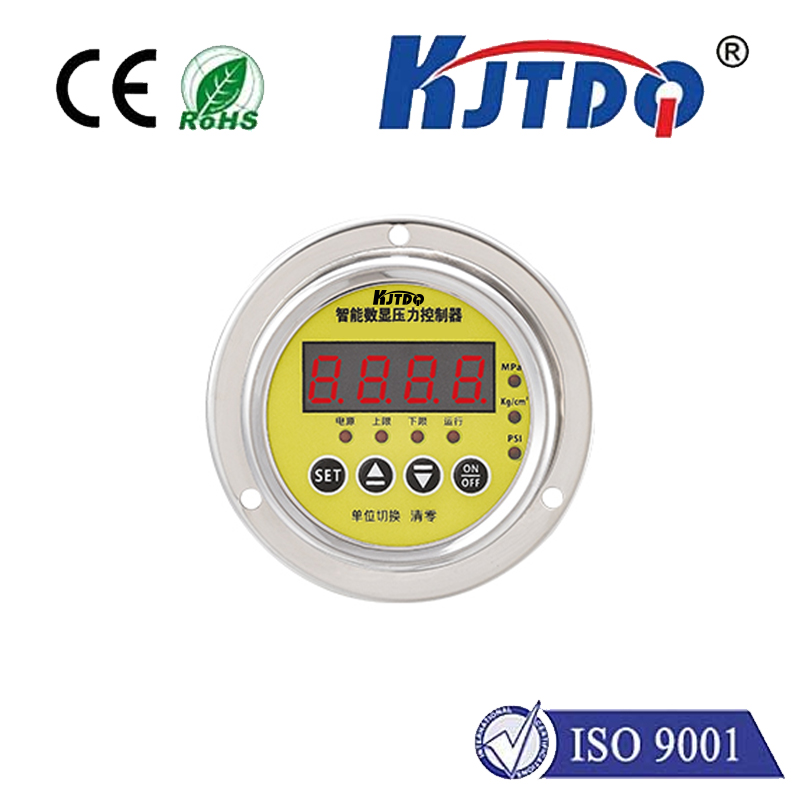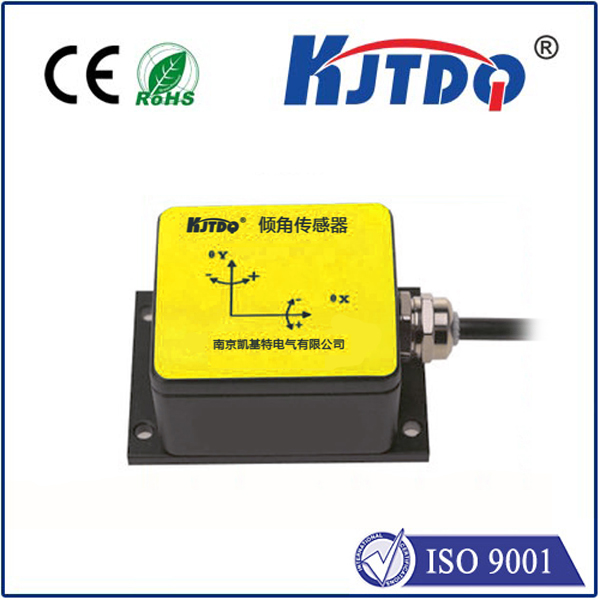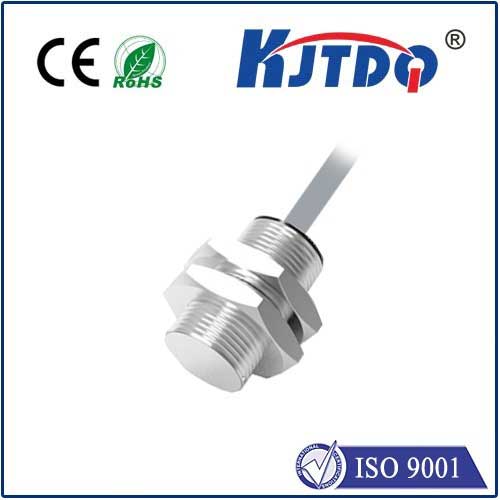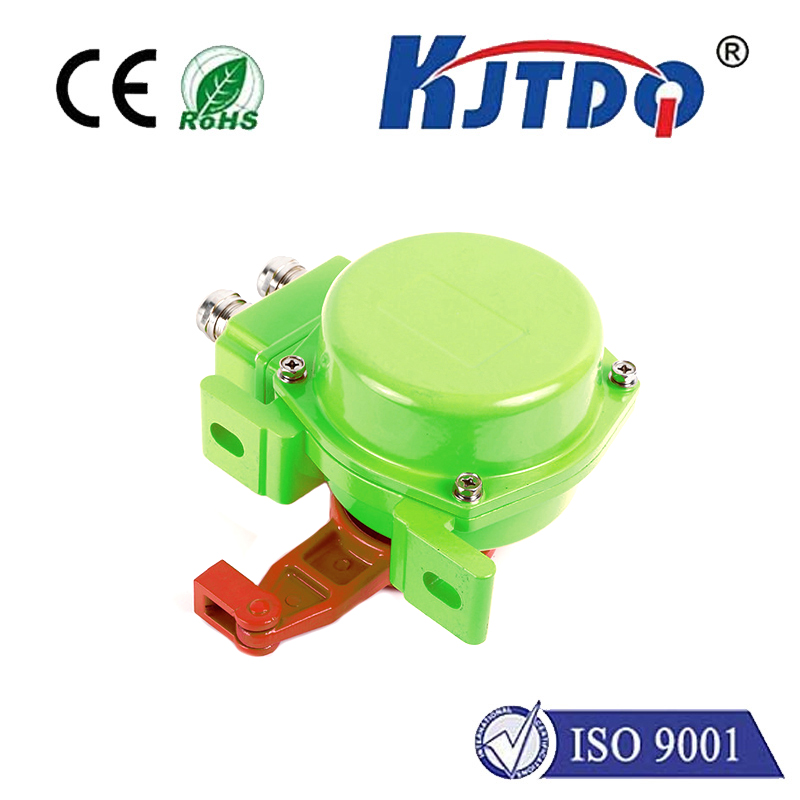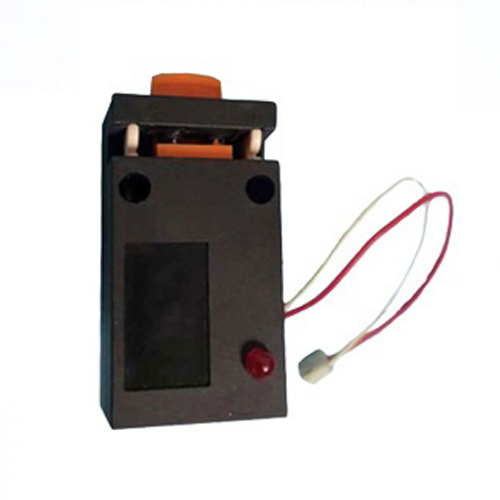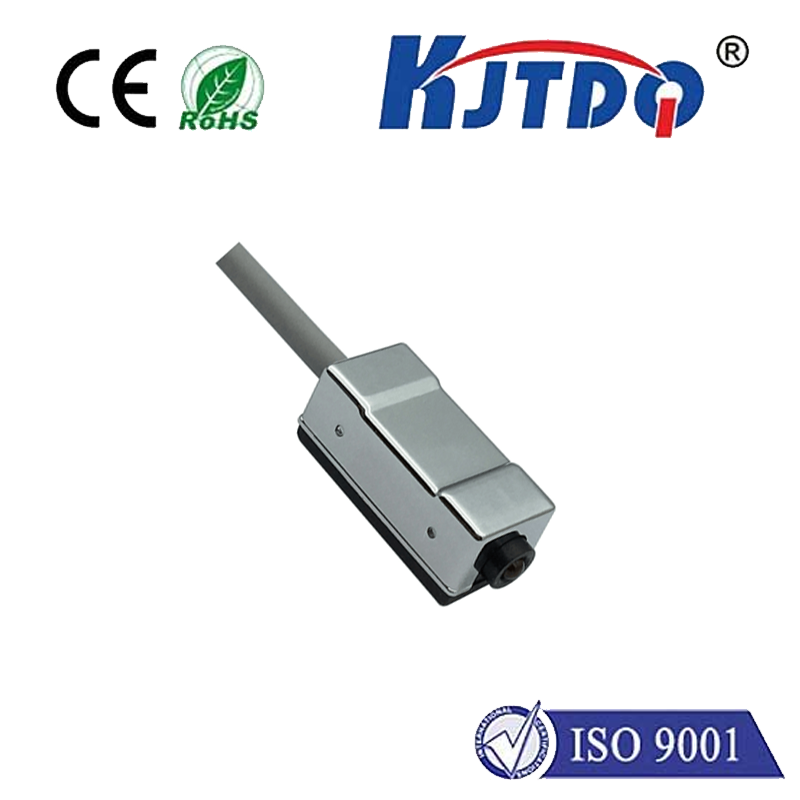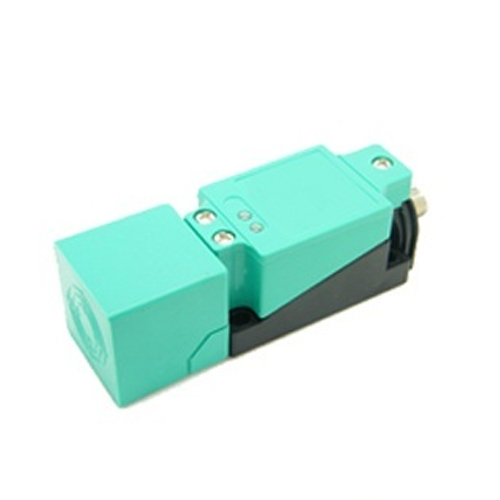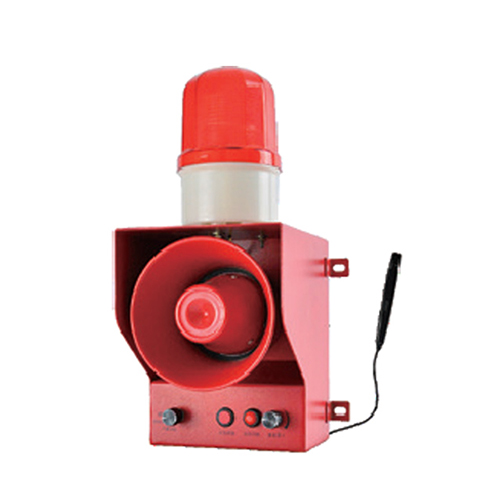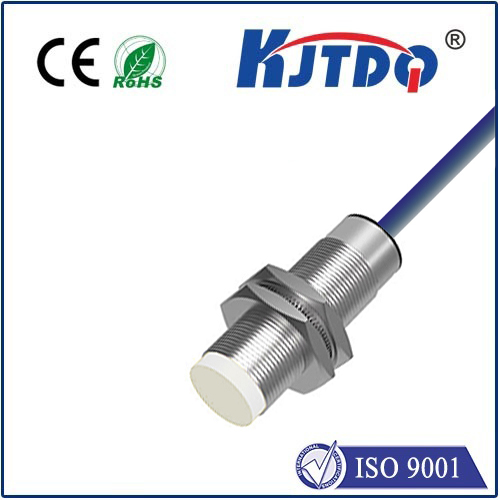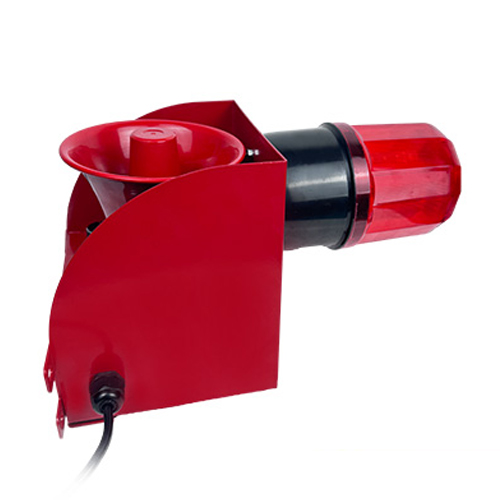Have you ever gripped a robotic arm in a factory and marveled at its delicate touch, or used a smart scale that measures your weight with uncanny accuracy? These everyday wonders rely on hidden heroes: specialized sensors that detect force. Among them, the round force sensor stands out as a pivotal innovation. Designed with a circular shape for optimal integration into compact spaces, these sensors transform physical pressure into precise electrical signals. Their unassuming design masks their immense impact—from revolutionizing automated manufacturing to enhancing life-saving medical devices. In this guide, we’ll demystify how these sensors work, explore their diverse uses, and highlight why they’re indispensable in today’s tech-driven world. Let’s dive into the fascinating realm of force measurement and discover how this seemingly simple component drives efficiency and safety across industries.
First, let’s clarify what a round force sensor actually is. At its core, it’s a device engineered to measure compressive or tensile forces applied to a surface, with a circular form factor that makes it ideal for uniform load distribution. Unlike bulkier sensors, its compact shape ensures it fits snugly into tight assemblies—such as robotic grippers or machine housings—without compromising performance. How does it function? Most round force sensors operate on principles like strain gauge technology or piezoresistive effects. For instance, when force is applied, tiny strain gauges embedded in the sensor flex slightly, causing resistance changes that convert to voltage signals. This process enables real-time, high-resolution feedback, allowing systems to respond instantly to variations in pressure. A key advantage here is their robust calibration, which ensures accuracy over millions of cycles—perfect for demanding environments where reliability is non-negotiable. By focusing on such fundamentals, engineers can leverage these sensors to create smarter, more responsive applications.

Moving to practical applications, round force sensors shine in industrial automation and robotics. In assembly lines, they’re embedded in robotic arms to provide tactile feedback, enabling delicate tasks like handling fragile electronics or assembling automotive parts with human-like precision. This reduces waste and boosts production efficiency. Similarly, in healthcare, these sensors are lifesavers—literally. They power devices such as infusion pumps, where they monitor fluid pressure to prevent overdosing, or in prosthetics that adjust grip strength based on real-time force data. This translates to enhanced patient safety and comfort. But the reach extends beyond: consumer electronics like smart scales use round force sensors for weight management, while automotive industries rely on them for crash-test simulations to improve vehicle safety features. As these examples show, the circular design isn’t just an aesthetic choice—it enables seamless integration into curved surfaces and rotating components, making them versatile tools for innovation.
Of course, choosing the right round force sensor involves key factors to maximize effectiveness. Critical specifications include load capacity (ranging from grams to several tons), accuracy levels, and environmental resilience. For harsh conditions like extreme temperatures or chemical exposure, sensors with protective coatings or stainless steel housings offer durability and longevity, preventing costly downtime. Additionally, selecting between analog and digital outputs depends on the application—analog for simple monitoring setups, and digital for networked systems requiring data analytics. A common pitfall is overlooking calibration needs; regular tuning ensures consistent performance, as even slight deviations can affect outcomes in precision tasks. By addressing these elements, businesses can avoid overspending and achieve optimal results. Ultimately, the adaptability of round force sensors empowers industries to push boundaries, from creating smarter factories to developing assistive technologies that improve lives daily.
As technology evolves, so does the role of round force sensors. Advancements in materials science and microelectronics are driving smaller, more efficient designs—like ultra-thin variants for wearable tech or IoT devices. For instance, emerging applications in virtual reality use these sensors to simulate realistic touch feedback, elevating user immersion. Moreover, with AI integration, sensors now predict maintenance needs by analyzing force patterns, reducing unexpected failures. This forward momentum underscores their growing importance in sustainable solutions, such as optimizing energy use in smart grids. By staying informed on these trends, innovators can harness the full potential of this powerful technology.
(Word count: 870)
